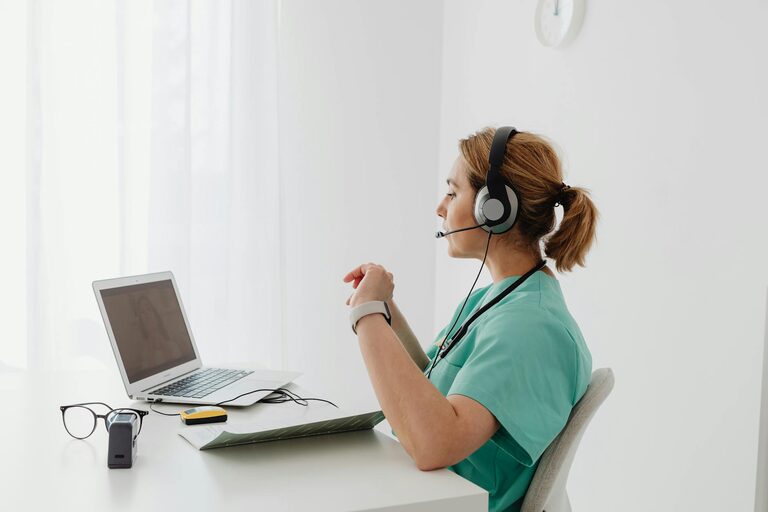How to Protect Your Eyes During Screen Time: Simple Tips for Eye Health

In today’s digital world, many of us spend a significant part of our day looking at screens — whether it’s a computer, smartphone, tablet, or television. While technology brings countless benefits, prolonged screen time can lead to eye discomfort and strain. Protecting your eyes during screen use is essential for comfort and long-term vision health. This post will guide you through practical and easy ways to safeguard your eyes while enjoying your favorite devices.
Why Protecting Your Eyes from Screen Time Matters
Digital eye strain, also known as computer vision syndrome, affects millions of people. Symptoms may include dry eyes, blurred vision, headaches, and neck or shoulder pain. These discomforts arise because staring at screens often reduces blinking rates and forces your eyes to focus for prolonged periods without breaks. Being proactive helps you avoid these issues and maintain good visual health.
1. Adjust Your Screen Settings
Brightness and Contrast
Ensure your screen brightness matches the lighting of your surrounding environment. A screen that is too bright or too dim causes extra strain. Adjust contrast settings for comfortable reading and viewing.
Text Size and Color
Increase text size if you find yourself squinting. Choose high-contrast color combinations (such as black text on a white background) to make content easier to read.
2. Proper Screen Positioning
Where and how you place your screen affects your eye comfort. Here are some tips:
– Keep the screen about an arm’s length (20-24 inches) away from your eyes.
– Position the top of the screen at or slightly below eye level, so your gaze naturally looks slightly downward.
– Tilt the screen to reduce glare from windows or overhead lights.
3. Follow the 20-20-20 Rule
One of the simplest and most effective ways to reduce eye strain is the 20-20-20 rule. Every 20 minutes, look away from your screen and focus on an object at least 20 feet away for 20 seconds. This exercise helps relax the focusing muscles of your eyes.
4. Blink More Often
When concentrating on screens, many people blink less frequently, which can lead to dry eyes. Make a conscious effort to blink fully and regularly to keep your eyes moist. You can also use artificial tears if necessary, but consult an eye care professional before starting any eye drops.
5. Optimize Lighting in Your Workspace
Bright lighting or glare can worsen eye strain:
– Use indirect or diffused lighting instead of harsh fluorescent lights.
– Position your screen to avoid reflections from windows or overhead lights.
– Consider using an anti-glare screen protector.
6. Take Regular Breaks and Move Around
Besides resting your eyes, standing up and moving around reduces physical stress from sitting too long. Stretch your neck, shoulders, and back to maintain overall comfort during long computer sessions.
7. Use Blue Light Filters or Glasses
Many devices now come with built-in blue light filters or “night mode” settings. These reduce blue light exposure, which might contribute to eye fatigue and disrupt sleep patterns. You can also find special blue light blocking glasses designed specifically for screen users.
8. Maintain Proper Posture
Good posture supports neck and back alignment, reducing strain that can contribute to eye discomfort. Sit with your feet flat on the floor, back straight, and shoulders relaxed.
9. Get Regular Eye Exams
Visiting an eye care professional regularly helps monitor your vision and identify any issues early. If you experience persistent redness, blurred vision, or headaches, consult an optometrist or ophthalmologist.
10. Practice Healthy Lifestyle Habits
Good eye health benefits from overall wellness:
– Stay hydrated.
– Eat a balanced diet rich in fruits, vegetables, and omega-3 fatty acids.
– Get adequate sleep.
– Avoid smoking.
Conclusion
Protecting your eyes during screen time is easier than you might think. By adjusting your environment, taking breaks, and adopting healthy habits, you can reduce eye strain and enjoy your digital devices comfortably. Remember, small changes now can make a big difference in preserving your vision for the future.
Take care of your eyes—they’ll thank you!
